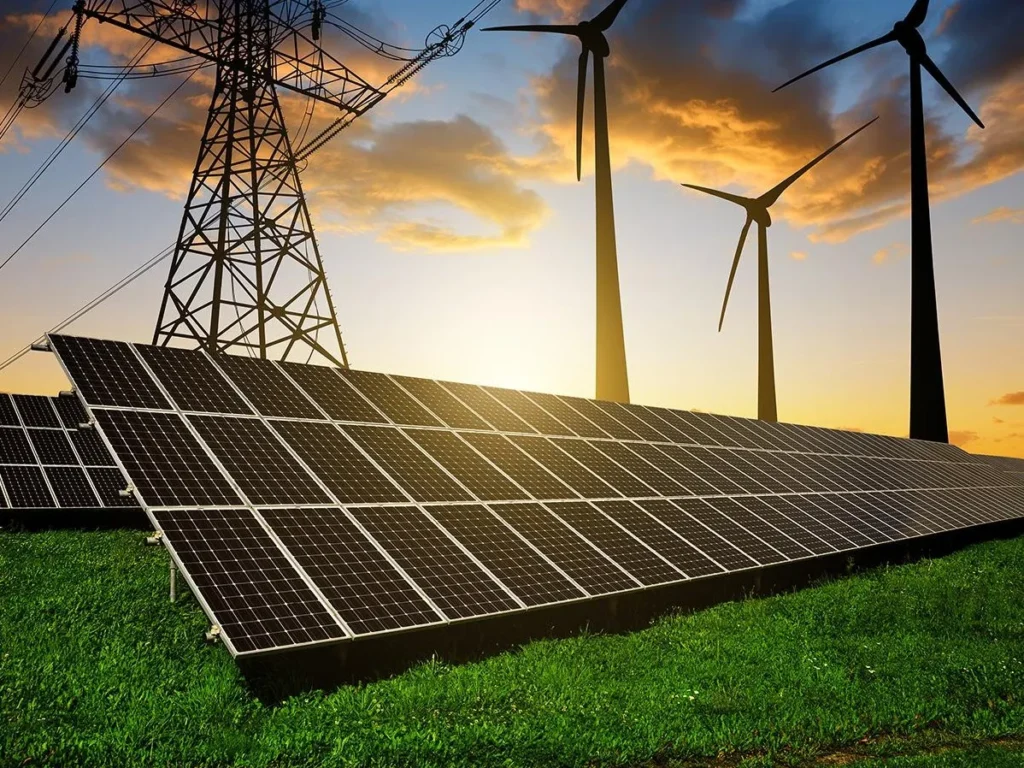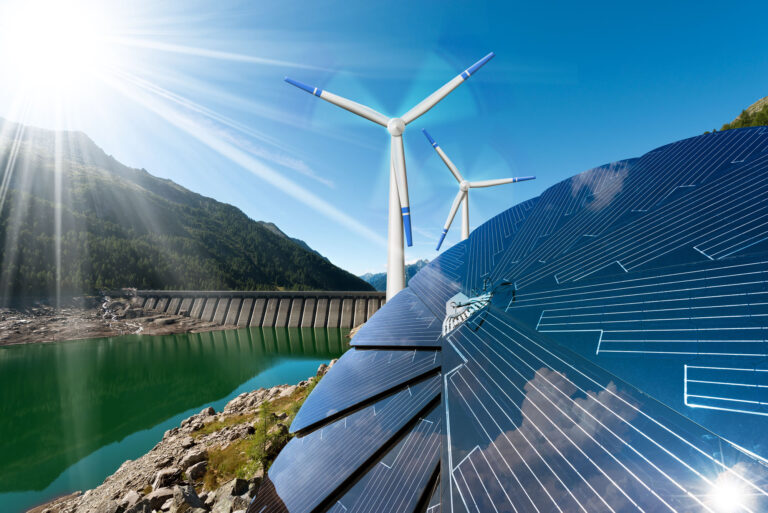Renewable energy sources like solar, wind, and hydropower are key to transitioning from fossil fuels and building a clean energy future. Governments worldwide are implementing policies and incentives to accelerate the adoption of renewables. Clean Energy Transition initiatives are making renewable energy more affordable and accessible for utilities and consumers.

Why Government Support is Critical for Renewables
Though high initial infrastructure costs impede uptake, renewable energy’s benefits span cleaner air, national energy security, and domestic job opportunities. Financial solutions to accelerate the global transition now can realize that sustainable future. Renewable energy infrastructure requires high upfront capital costs. Fossil fuels also benefit from decades of subsidies and infrastructure tailored to their use.
Government incentives help level the playing field and overcome cost barriers to investing in renewables. Policies like tax credits, rebates, and renewable energy targets can encourage utilities, businesses, and homeowners to finance renewable projects. Incentives make renewables more economically competitive with conventional power sources.
Government support aims to increase renewables’ market share over time. As adoption grows, costs decline through economies of scale and technology improvements. Clean Energy Transition ultimately becomes cost-competitive on its own without subsidies.
Major Incentives for Clean Energy Transition
Governments use various incentives and policy mechanisms to promote renewable energy deployment. Here are some of the most widely used initiatives:
Tax Credits
Tax incentives like the U.S.’s 26% federal Investment Tax Credit can spur renewable growth by directly shrinking project owners’ tax bills. The solar ITC demonstrates the power of this policy lever, helping the domestic solar sector expand exponentially – over 10,000% growth since the credit’s 2006 enactment. Strategic credits unlock capital flows into urgently needed clean energy.
Rebates & Grants
Upfront rebates and grants provide funds to partially cover the cost of purchasing and installing renewable energy systems. Rebates are often offered for residential solar panels and solar water heater installation. Grants are available for larger commercial or utility projects.
Net Metering
Net metering policies allow renewable energy system owners to get credit on their electric bills for excess power fed back to the grid. By compensating solar households for excess energy fed into grids, net metering policies in over 40 U.S. states make adoption more affordable.
Renewable Portfolio Standards
An RPS mandates electric utilities to source some of their power from renewables. The percentage ramps up gradually over time. As of 2021, 30 U.S. states and D.C. had RPS policies ranging from 10% to 100% renewable electricity by target years between 2025 and 2050.

Feed-in Tariffs
With a feed-in tariff, governments set favorable fixed rates that electric utilities must pay renewable power producers for grid-fed electricity over long periods (e.g. 15-20 years). This provides stability for return on investment. FITs have driven solar and wind growth in countries like Germany, Spain, and South Korea.
Renewable Energy Certificates
One REC is created for each megawatt hour of renewable electricity generated. RECs can be traded and sold separately from power generation. Electric utilities can purchase RECs to comply with RPS policies. Voluntary REC markets also exist for businesses and individuals.
Clean Energy Loans & Financing
Some governments provide low-interest loans or financing programs to cover the upfront costs of residential and commercial renewable energy systems. This expands access to those unable to need help to afford the high initial capital expenditure.
Major Government Clean Energy Incentives Around the World
From tax credits in the U.S. to feed-in tariffs across Europe, governments worldwide have implemented renewable energy incentives that include tax breaks and priority grid access to spur faster adoption.
United States
- Investment Tax Credit (ITC) – 26% federal solar tax credit through 2022, phasing down to 10% by 2026
- Renewable Portfolio Standards (RPS) – State programs such as 50% by 2030 in CA and 100% by 2045 in HI
- Net metering in 40+ states
- Clean renewable energy bonds
China
- Feed-in tariffs for wind power since 2009
- Subsidies for residential and commercial solar installations
- Target of 20% renewable energy by 2030
Germany
- Renewable Energy Sources Act – Feed-in tariffs for solar, wind, biogas, and hydropower
- Goal of 80% renewable electricity by 2050
India
- Generation-based incentives for wind power projects
- Subsidies for rooftop solar installations
- Target of 175GW renewable energy capacity by 2022
United Kingdom
- Renewables Obligation – Requires electricity suppliers to source renewable portion or pay a fine
- Feed-in tariffs for small-scale renewables
- Offshore wind power subsidies
| Country | Major Incentives |
|---|---|
| United States | Investment Tax Credit (ITC), Renewable Portfolio Standards, Net Metering |
| China | Feed-in Tariffs, Installation Subsidies |
| Germany | Feed-in Tariffs, Renewable Energy Sources Act |
| India | Generation-based incentives, Rooftop Solar Subsidies |
| United Kingdom | Renewables Obligation, Feed-in Tariffs, Offshore Wind Subsidies |
Impact of Government Incentives
Decades of sustained government incentives have dramatically accelerated the adoption of renewable energy globally.
Smart government incentives have realized the promise of renewable energy worldwide. Feed-in tariffs aided Germany in reaching 50% renewable electricity by 2021. U.S. tax credits spurred over 40% annual growth in solar over the past decade. Favorable wind regulations empower over 40% of Denmark and Uruguay’s electric grids. Targeted policies have unlocked the renewable revolution globally.

According to REN21, renewables met 29% of global electricity generation in 2019. Experts forecast this share will rise to over 60% by 2050 with continued policy support.
The costs of solar and wind power have dropped 89% and 70% in the last decade, making them cost-competitive with fossil fuels. Government incentives to scale deployment were a major driver of these cost declines through economies of scale and technology improvements.
Continued innovation and cost reductions will enable renewables to become the cornerstone of clean electricity systems worldwide.
Frequently Asked Questions
What are the main goals of government renewable energy incentives?
The main goals are to 1) Accelerate the adoption of renewables, 2) Drive down costs through scale and innovation, 3) Phase out subsidies long-term as renewables become cost-competitive
What industries typically benefit the most from incentives?
Major beneficiaries include electric utilities, residential consumers, renewable energy project developers, installers and manufacturers, and corporations investing in clean energy.
How long will government renewable energy incentives be necessary?
Incentives are intended to gradually phase out over decades as costs decline, though permanent subsidies may remain in some form. Market competition will determine the pace.
What are effective incentive policies governments can implement?
International best practices show that properly structured feed-in tariffs, tax credits, renewable portfolio standards, tenders, and net metering policies can be highly effective if sustained over long periods.
Do government incentives increase electricity prices for consumers?
Studies show minimal impact. A 2020 NREL study found just a 0.4% average retail electricity rate increase from state RPS standards in the U.S. Costs are expected to decrease long-term.
Conclusion
Government incentives serve as a critical bridge to scale deployment and reduce costs. Tax credits, rebates, feed-in tariffs, and other policies drive the rapid growth of solar, wind, and other renewables worldwide for Clean Energy Transition. Continued support aims to fully transition the world to affordable, secure, and sustainable clean energy systems.

4 Comments
Pingback: Solar Power Companies In The United States - Wrxnews.com
Pingback: Was COP28 Dubai Climate Summit Mediocre ? - Wrxnews.com
Pingback: Global Struggle: International Agreements To Tackle Climate Change - Wrxnews.com
Pingback: Climate Change 2024 : Struggle Ahead ? - Wrxnews.com